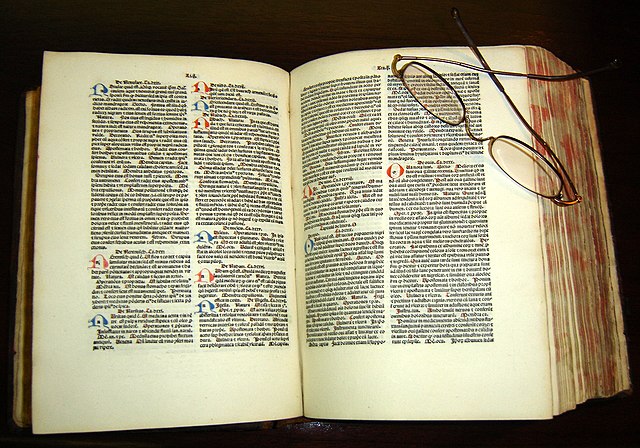Destruction of opium at Humen
The destruction of opium at Humen began on 3 June 1839 and involved the destruction of 1,000 long tons of illegal opium seized from British traders under the aegis of Lin Zexu, an Imperial Commissioner of Qing China. Conducted on the banks of the Pearl River outside Humen Town, Dongguan, China, the action provided casus belli for Great Britain to declare war on Qing China. What followed is now known as the First Opium War (1839–1842), a conflict that initiated China's opening for trade with foreign nations under a series of treaties with the western powers.
A model of the destruction of opium at Humen. Displayed at the Hong Kong Museum of History.
Commissioner Lin and the destruction of opium at Humen, June 1839
Opium is dried latex obtained from the seed capsules of the opium poppy Papaver somniferum. Approximately 12 percent of opium is made up of the analgesic alkaloid morphine, which is processed chemically to produce heroin and other synthetic opioids for medicinal use and for the illegal drug trade. The latex also contains the closely related opiates codeine and thebaine, and non-analgesic alkaloids such as papaverine and noscapine. The traditional, labor-intensive method of obtaining the latex is to scratch ("score") the immature seed pods (fruits) by hand; the latex leaks out and dries to a sticky yellowish residue that is later scraped off and dehydrated. The word meconium historically referred to related, weaker preparations made from other parts of the opium poppy or different species of poppies.
Opium poppy seed pod exuding latex from a cut
Poppy crop from the Malwa in India (probably Papaver somniferum var. album)
Opium users in Java during the Dutch colonial period, c. 1870
Latin translation of Avicenna's Canon of Medicine, 1483






